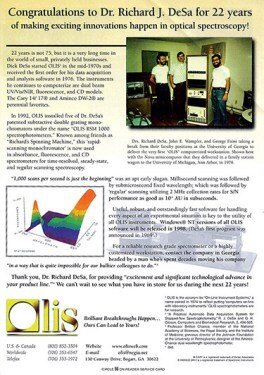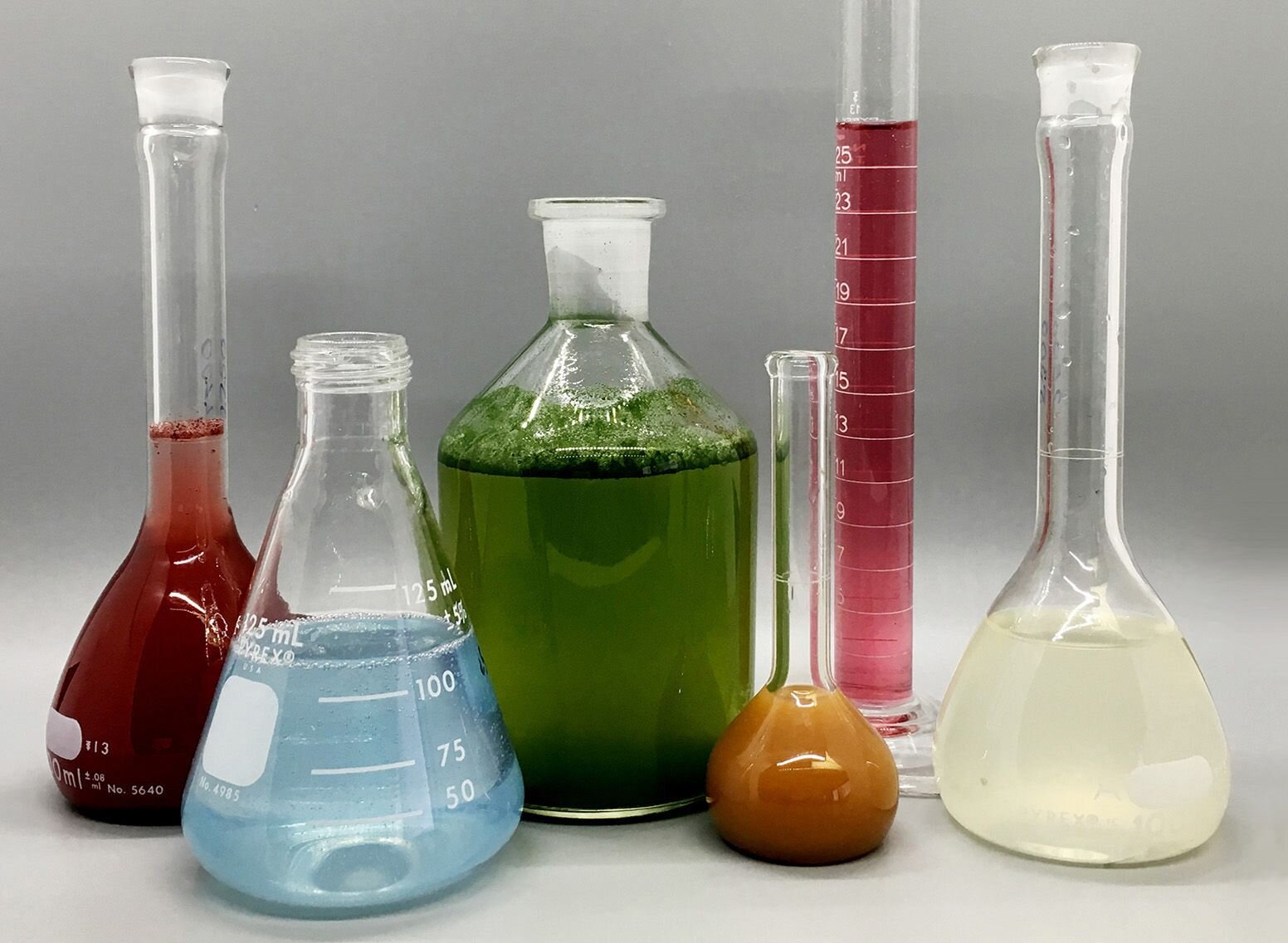Not known Factual Statements About Circular Dichroism
Not known Factual Statements About Circular Dichroism
Blog Article
The Ultimate Guide To Circularly Polarized Luminescence
Table of ContentsThe 30-Second Trick For Uv/vis/nirThe Spectrophotometers PDFsOur Uv/vis/nir PDFsThe 6-Minute Rule for Circularly Polarized LuminescenceThings about Uv/vis/nir

Spectrophotometry is a tool that hinges on the quantitative analysis of molecules depending on how much light is taken in by colored compounds.
What Does Circularly Polarized Luminescence Mean?
A spectrophotometer is frequently utilized for the measurement of transmittance or reflectance of solutions, transparent or nontransparent solids, such as sleek glass, or gases. Many biochemicals are colored, as in, they take in visible light and for that reason can be measured by colorimetric treatments, even colorless biochemicals can typically be transformed to colored compounds ideal for chromogenic color-forming reactions to yield substances appropriate for colorimetric analysis.: 65 However, they can also be created to determine the diffusivity on any of the listed light varieties that usually cover around 2002500 nm utilizing different controls and calibrations.
An example of an experiment in which spectrophotometry is utilized is the decision of the equilibrium constant of an option. A specific chain reaction within an option might happen in a forward and reverse instructions, where reactants form products and items break down into reactants. Eventually, this chain reaction will reach a point of balance called an equilibrium point.
Rumored Buzz on Uv/vis/nir
The quantity of light that travels through the solution is a sign of the concentration of particular chemicals that do not allow light to go through. The absorption of light is due to the interaction of light with the electronic and vibrational modes of molecules. Each type of molecule has a private set of energy levels associated with the makeup of its chemical bonds and nuclei and thus will soak up light of specific wavelengths, or energies, resulting in distinct spectral residential or commercial properties.
They are widely used in numerous markets including semiconductors, laser and optical manufacturing, printing and forensic evaluation, as well as in labs for the study of visit our website chemical substances. Spectrophotometry is typically utilized in measurements of enzyme activities, decisions of protein concentrations, decisions of enzymatic kinetic constants, and measurements of ligand binding reactions.: 65 Ultimately, a spectrophotometer is able to figure out, depending on the control or calibration, what substances are present in a target and precisely how much through computations of observed wavelengths.
This would come as a solution to the formerly created spectrophotometers which were not able to absorb the ultraviolet correctly.
Circular Dichroism Fundamentals Explained
It would be found that this did not offer satisfactory outcomes, for that reason in Model B, there was a shift from a glass to a quartz prism which permitted better absorbance results - UV/Vis (http://go.bubbl.us/df2308/dba3?/New-Mind-Map). From there, Design C was born with a modification to the wavelength resolution which wound up having three systems of it produced
It irradiates the sample with polychromatic light which the sample soaks up depending upon its homes. Then it is transmitted back by grating the photodiode selection which discovers the wavelength region of the spectrum. Given that then, the development and implementation of spectrophotometry gadgets has actually increased profoundly and has turned into one of the most ingenious instruments of our time.

The smart Trick of Circularly Polarized Luminescence That Nobody is Talking About
The grating can either be movable or fixed.
In such systems, the grating is fixed and the strength of each wavelength of light is measured by a different detector in the array. When making transmission measurements, the spectrophotometer quantitatively compares the portion of light that passes through a recommendation solution and a test solution, then digitally compares the strengths of the two signals and computes the percentage of transmission of the sample compared to the recommendation requirement.

Report this page